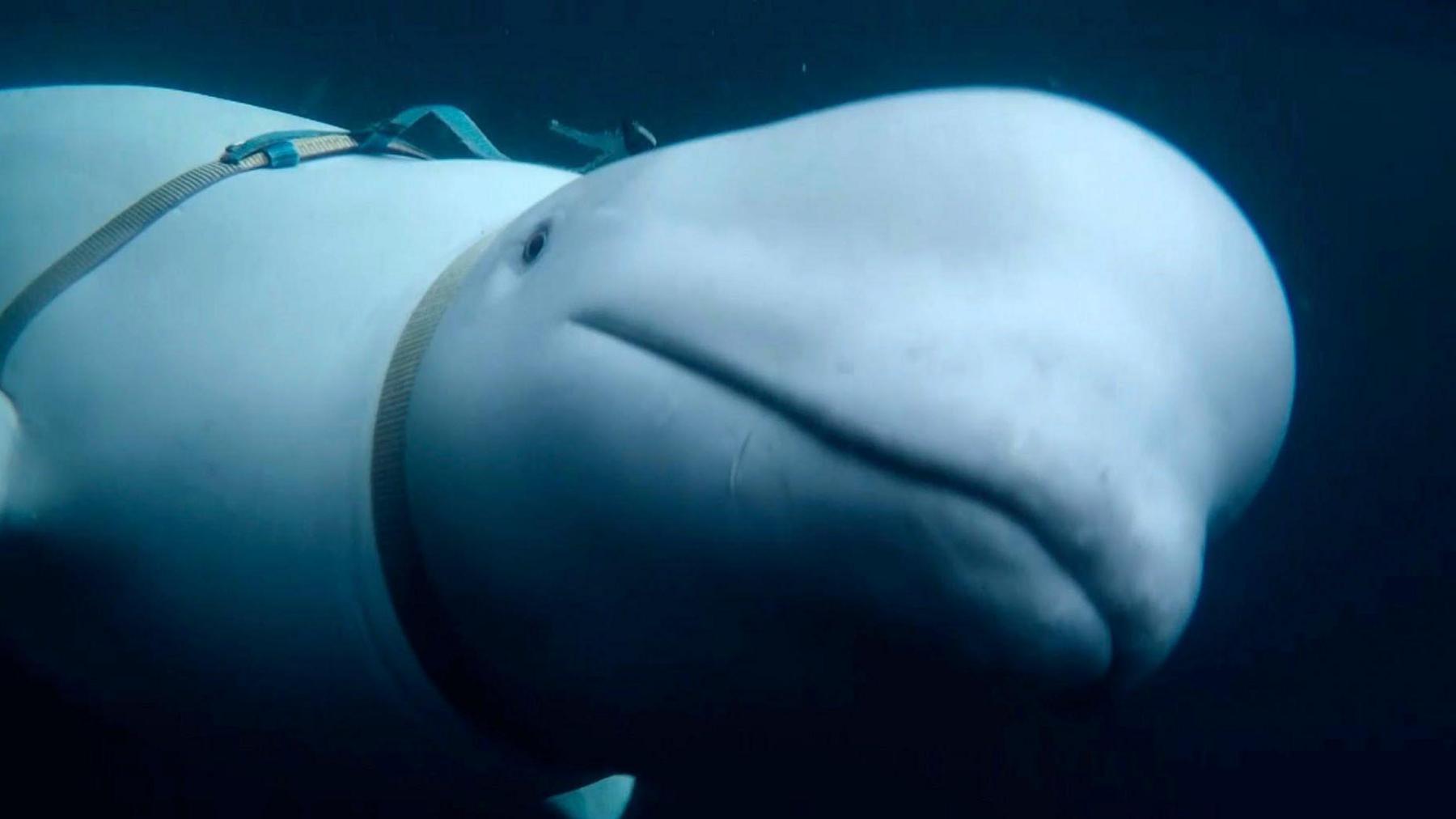World's largest coral discovered by accident
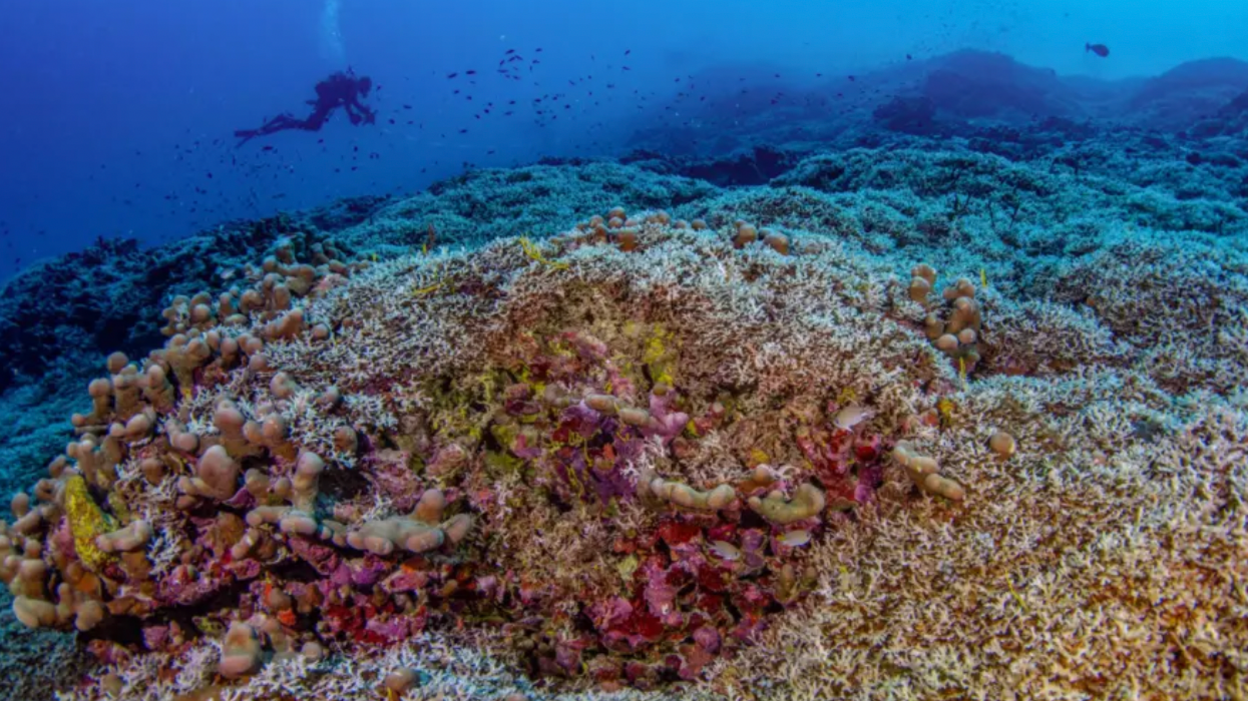
The coral is bigger in size than a blue whale!
- Published
The world's largest ever recorded coral has been found by scientists in the Pacific Ocean.
At 300-years-old, the coral measures 34m wide, 32m long and 5.5m high - meaning it is bigger than a blue whale!
Scientists on the expedition measured it using a type of tape measure under water.
The mega coral is a collection of many tiny connected creatures that together form one organism rather than a coral reef.
It was found by scientists and film-makers from the National Geographic who were working on a research vessel.
What is coral bleaching and how bad is it?
- Published9 April 2020
Scientists trying to save coral reef. Video, 00:01:46
- Published23 September 2016
How climate change is turning the world's coral white
- Published16 April 2024
What is coral?
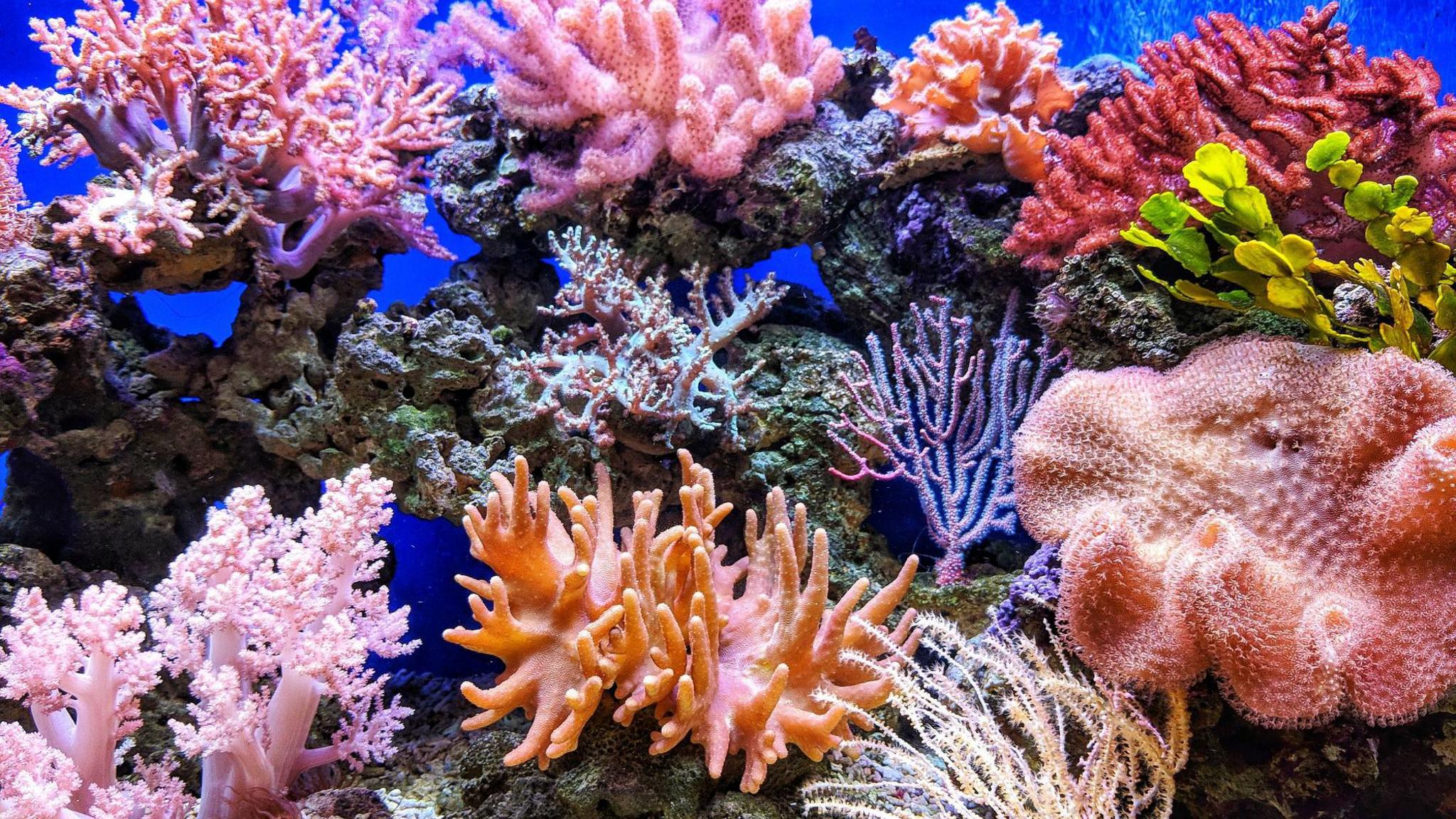
Coral is home for all sorts of sea life
Whilst it might look like plants, coral are in fact a kind of animal.
Coral, or polyops as they're also called, are closely related to creatures like sea anemones and jellyfish.
They often live in groups called colonies, and can also form reefs - this is when lots of colonies join together.
Coral is super important in our oceans and is home to 25% of all marine species.
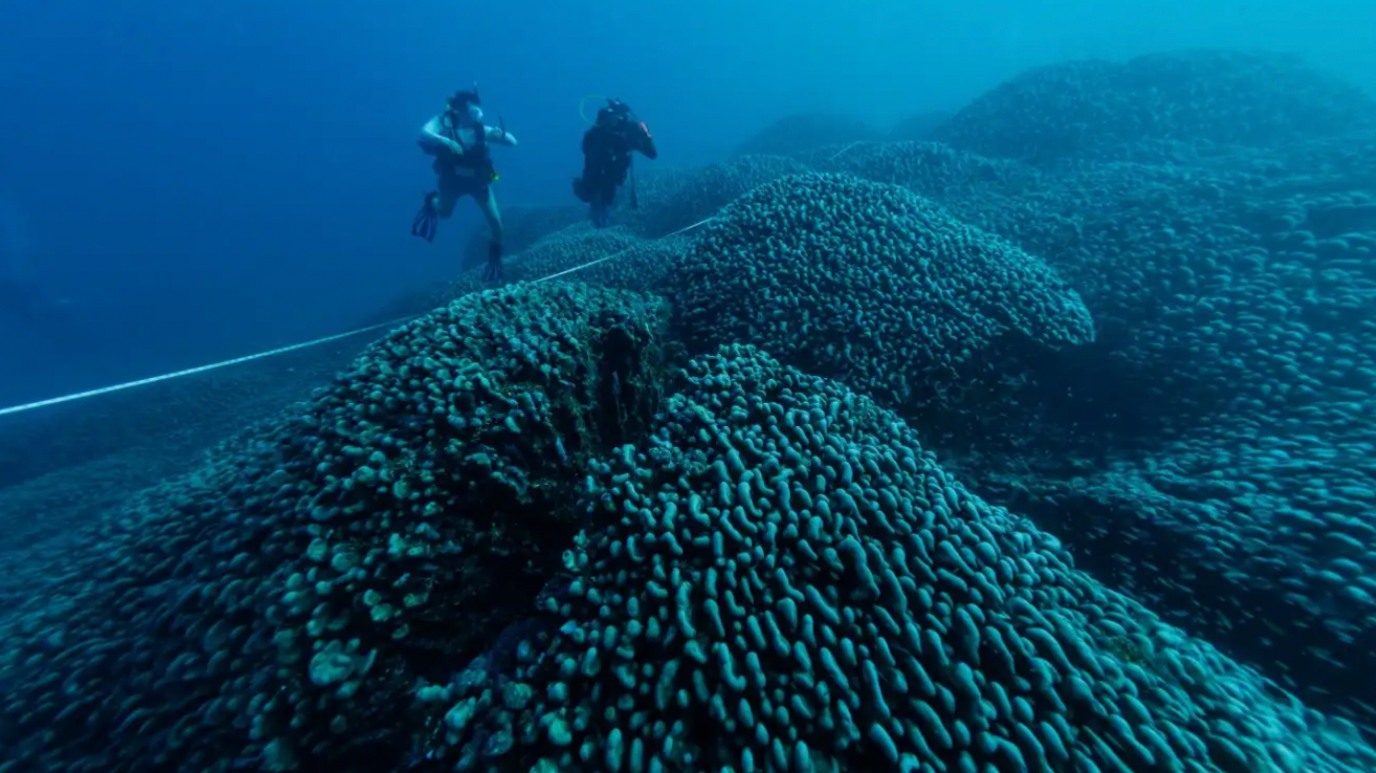
Scientists on the expedition measured the coral using a type of tape measure under water
When visiting the site where the coral was discovered, the scientists and film-makers originally thought the large object was the remains of a shipwreck.
However, when underwater cinematographer Manu San Félix jumped in to take a look, he was shocked at what he saw.
“I went diving in a place where the map said there was a shipwreck and then I saw something.
"It's very emotional. I felt this huge respect for something that's stayed in one place and survived for hundreds of years," he said.
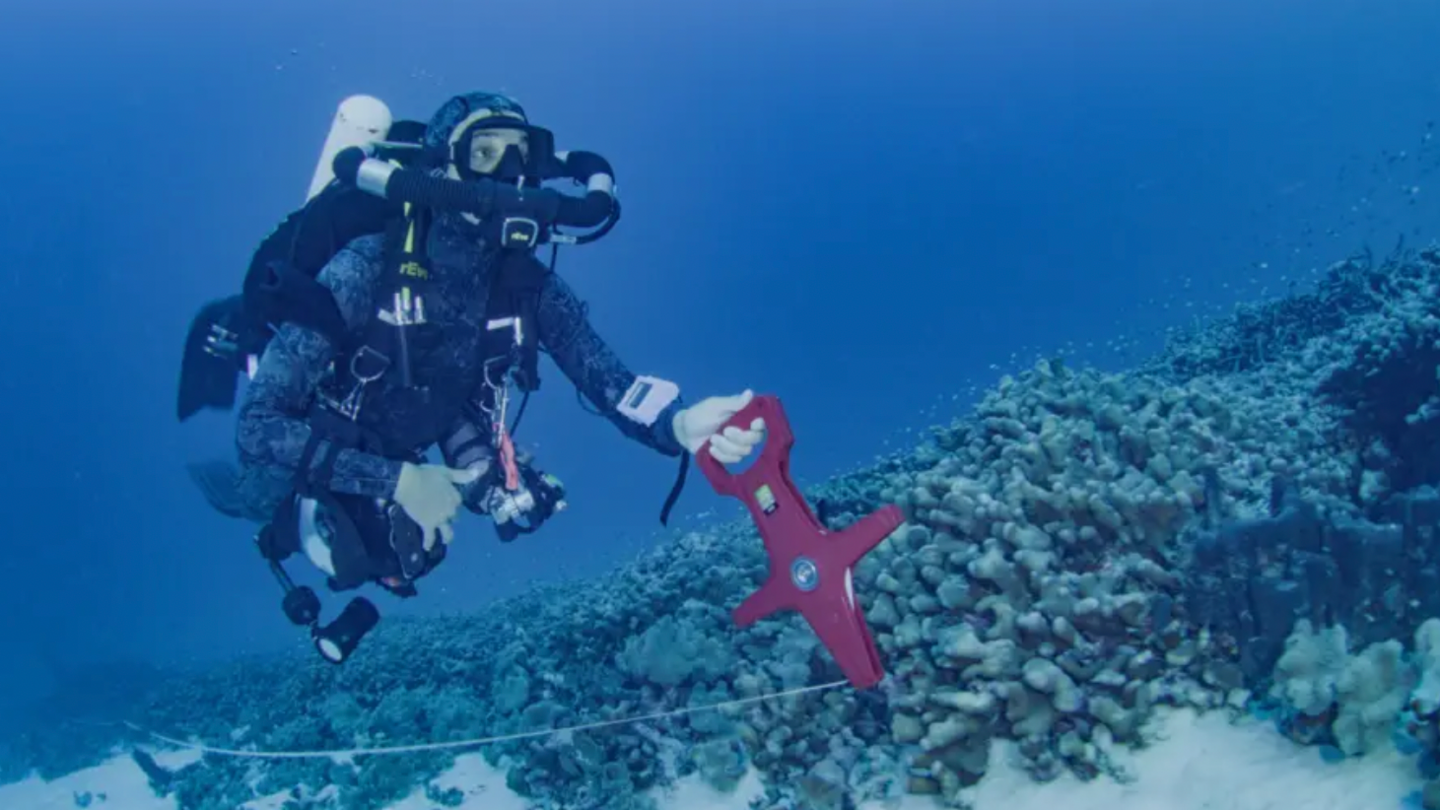
Scientists calculated the age of the coral by measuring its growth
The coral was found in deeper waters than some coral reefs which scientists think might be why it is in good health.
Eric Brown, a coral scientist on the National Geographic research trip, said:
“While the nearby shallow reefs were degraded due to warmer seas, witnessing this large healthy coral oasis in slightly deeper waters is a beacon of hope."
The large coral is a species called Pavona clavus and is home to shrimp, crabs, fish and other marine creatures.
- Published13 September 2020
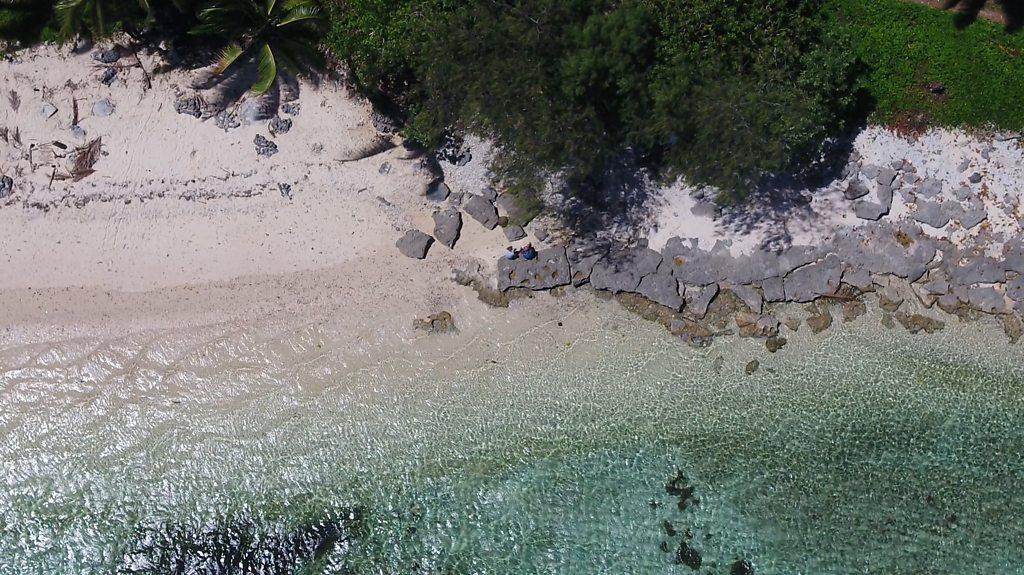
- Published13 November 2024
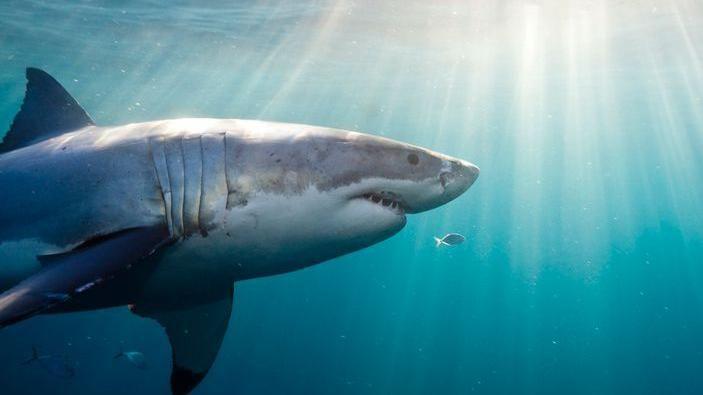
- Published13 November 2024
